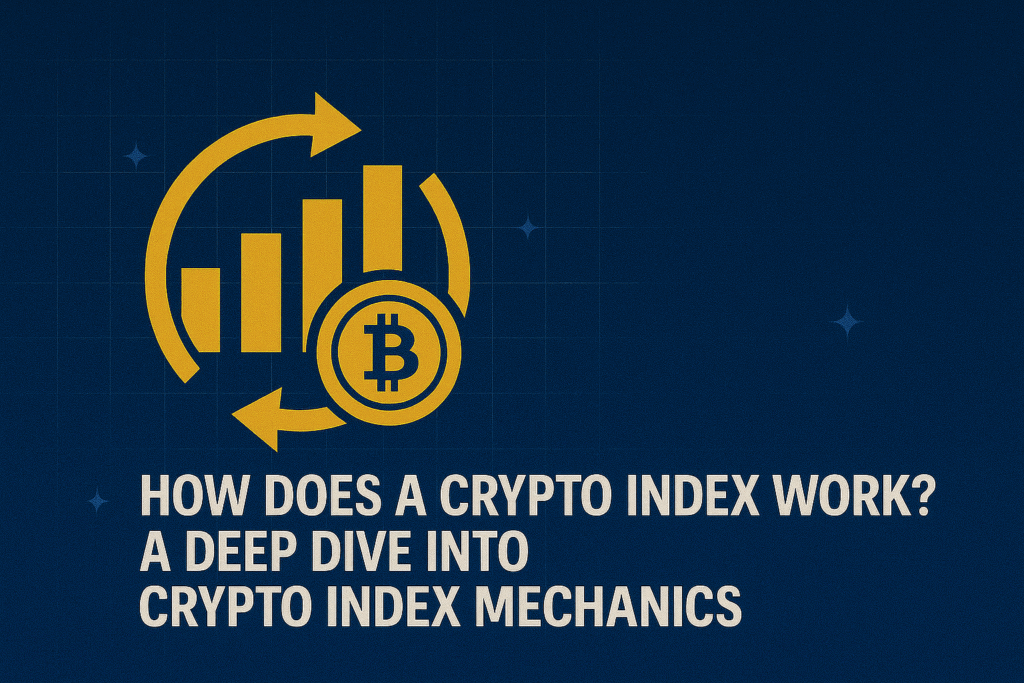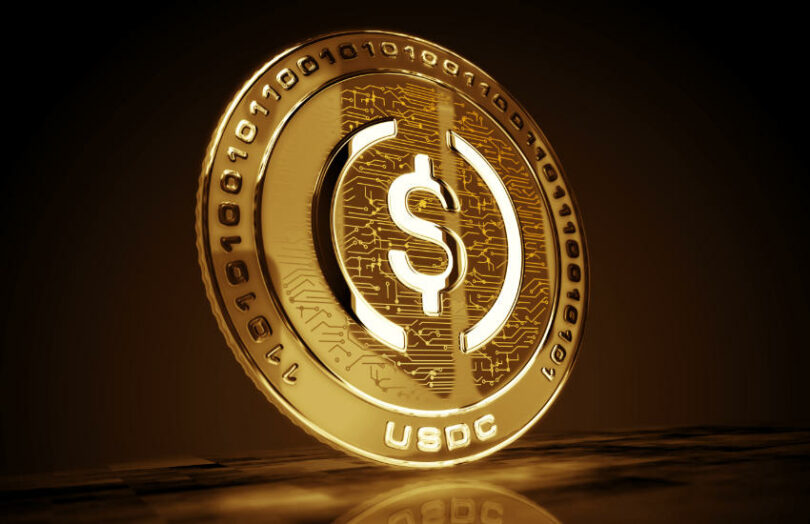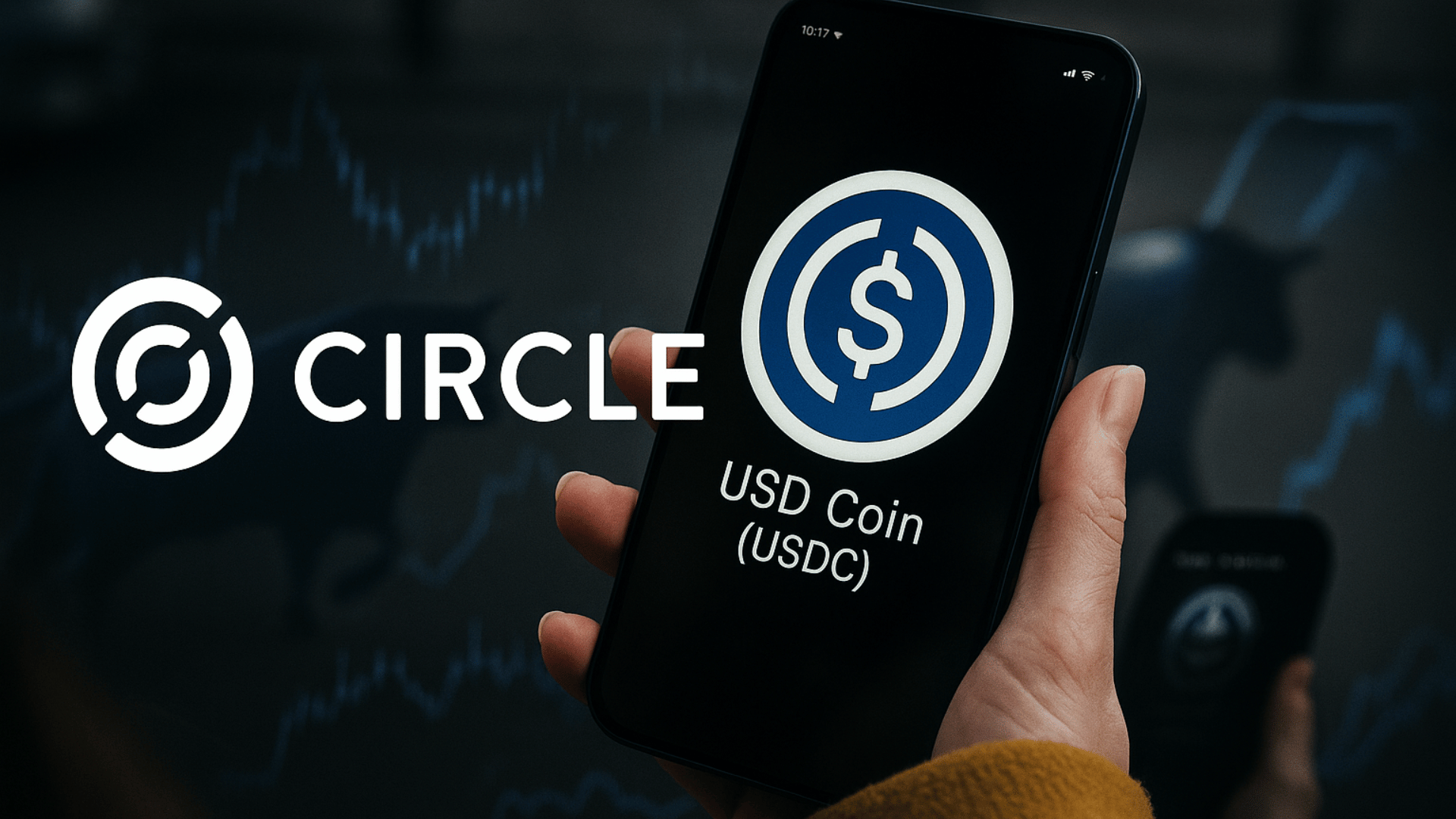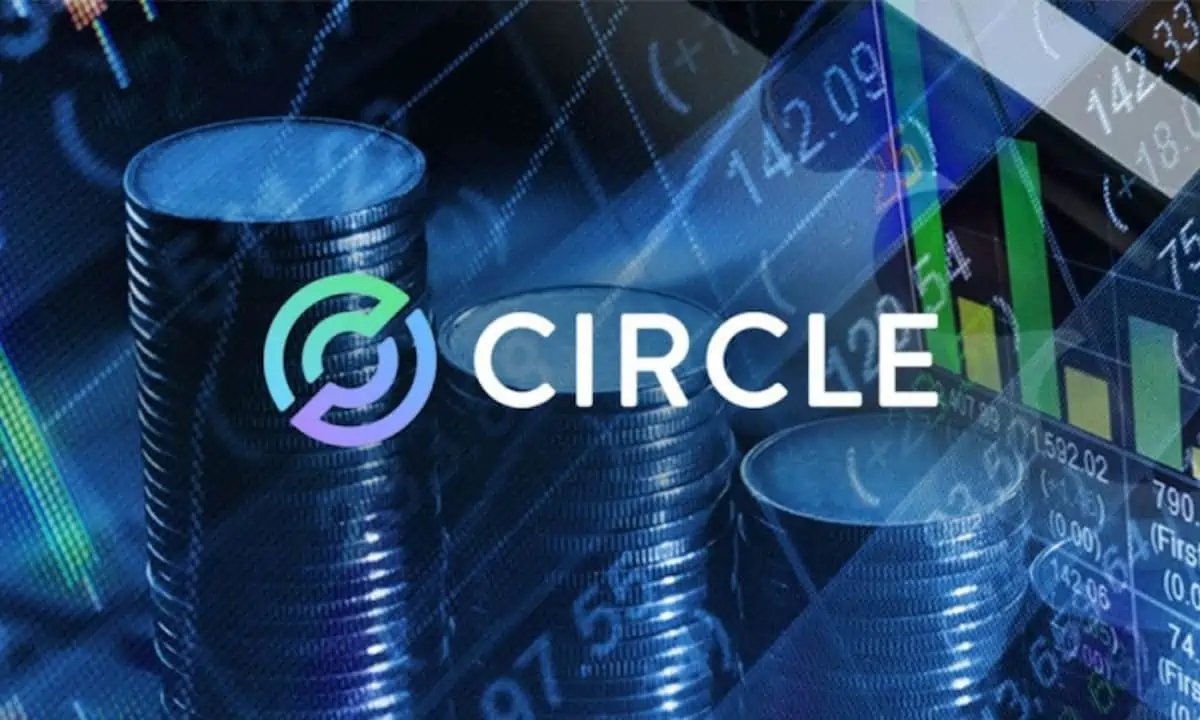Introduction: A Financial Powerhouse Steps Into the Future
What happens when a company handling trillions in transactions decides to launch its own blockchain? You get Arc, a groundbreaking Layer-1 blockchain from Circle, the issuer of USDC. Fresh off a record-breaking $5.9 trillion quarter in 2025, Circle is diving deeper into crypto with Arc, a platform built for stablecoin-powered finance. This isn’t just tech jargon—it’s a move that could make digital money faster and more accessible for everyone. Let’s break down what Arc is, why it’s a big deal, and how it could change the way we use crypto.

Circle’s Stellar $5.9T Quarter
A Record-Breaking Performance
Circle, the company behind USDC, processed a mind-boggling $5.9 trillion in transactions in Q2 2025, cementing its place as a titan in crypto. Posts on X highlight a 90% surge in USDC circulation to $61.3 billion, alongside a 53% revenue jump to $658 million, despite a $482 million net loss from IPO expenses. This massive scale shows Circle’s growing influence in digital finance, from payments to capital markets.
Why This Matters
Handling $5.9 trillion means Circle is moving more money than some countries’ GDPs. USDC, a stablecoin pegged to the U.S. dollar, is at the heart of this, offering stability in a volatile crypto world. This success sets the stage for Arc, Circle’s bold step to build a blockchain tailored for stablecoin transactions.

What Is Arc? Circle’s New Layer-1 Blockchain
A Blockchain Built for Stablecoins
Arc is Circle’s new Layer-1 blockchain, designed specifically for stablecoin finance. Unlike general-purpose blockchains like Ethereum, Arc focuses on speed and efficiency for transactions using USDC and other stablecoins. It’s EVM-compatible (meaning it works with Ethereum-based apps), offers sub-second settlement, and uses USDC as its “gas” for transaction fees. A public testnet is slated for fall 2025, with a full launch expected by year-end.
Why Arc Stands Out
Traditional blockchains can be slow and expensive, especially during peak usage. Arc’s design tackles this by prioritizing stablecoin transactions, making them faster and cheaper. Imagine sending money across borders in under a second with tiny fees—that’s Arc’s promise. X users are buzzing, with one calling it “a new home for stablecoin innovation.”

How Arc Could Change Everyday Finance
Faster, Cheaper Payments
For the average person, Arc could make digital payments as easy as sending a text. Whether you’re paying for coffee or sending money to family overseas, Arc’s sub-second transactions and low fees could outshine traditional banks. With USDC as the backbone, you get the stability of dollars without the hassle of legacy systems.
Opportunities for Investors and Businesses
Arc isn’t just for consumers. Businesses can use it for instant settlements in trade or finance, while developers can build apps on Arc’s enterprise-grade platform. Investors are eyeing Arc’s $3.5 billion valuation and $2 billion in backing, seeing it as a chance to tap into the growing stablecoin market.

Challenges and Risks to Watch
Financial Losses and Stability
Despite its revenue growth, Circle reported a $482 million loss in Q2 2025, largely due to IPO costs. While this doesn’t directly impact Arc, it raises questions about long-term profitability. Investors should weigh the risks of a new blockchain in a competitive market.
Regulatory Headwinds
Crypto regulations are tightening globally. Arc’s focus on stablecoins could attract scrutiny, as governments grapple with how to oversee digital currencies. Users should stay informed about local laws to ensure compliance.
Competition from Rivals
Circle isn’t alone. Posts on X mention Tether, the issuer of USDT, also advancing its blockchain efforts. Arc will need to stand out in a crowded field of Layer-1 blockchains like Ethereum, Solana, and now Tether’s projects.

Why Arc Is a Big Deal for Crypto
Bridging Crypto and Mainstream Finance
Arc’s focus on stablecoins makes it a bridge between crypto and traditional finance. By making USDC transactions faster and more efficient, Circle is paving the way for a world where digital dollars are as common as cash. X users are optimistic, with one noting, “Arc could redefine how we use money online.”
A Bet on the Future
With $5.9 trillion in transactions and a booming USDC supply, Circle is leveraging its clout to make Arc a cornerstone of digital finance. For everyday users, this means more ways to use crypto without the complexity. For the crypto community, it’s a sign that stablecoins are here to stay.
Conclusion: Arc Lights the Way Forward
Circle’s debut of Arc, hot on the heels of a $5.9 trillion quarter, is a bold move to shape the future of finance. By building a blockchain tailored for stablecoins, Circle is making crypto faster, cheaper, and more accessible for everyone—from casual users to global businesses. As Arc’s testnet approaches in fall 2025, the crypto world is watching closely. Whether you’re a crypto newbie or a seasoned investor, Arc could be the spark that brings digital finance into your daily life. Stay tuned—this is just the beginning.






















